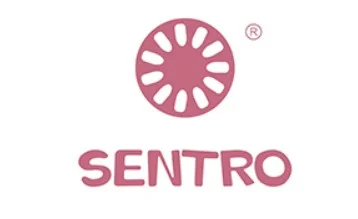What is the difference between a flat and a circular knitting machine?
Sep 26, 2023
Flat knitting machines and circular knitting machines are two common types of knitting machines used in the textile industry. They have distinct differences in terms of their structures, capabilities, and the types of fabrics they can produce:
1. Structure:
Flat Knitting Machine: A flat knitting machine has a bed with two flat needle beds positioned opposite each other. Needles move back and forth horizontally across these beds. Flat knitting machines are capable of producing flat panels of fabric, such as scarves, blankets, and sweater pieces. They can have a single needle bed (single bed) or two opposing beds (double bed) for more complex patterning.
Circular Knitting Machine: Circular knitting machines, as the name suggests, have a circular or tubular structure. The needles are arranged in a circular configuration, and the fabric is produced in a continuous tube or cylinder. Circular knitting machines are ideal for creating seamless garments, socks, stockings, and fabrics that require a continuous loop.
2. Fabric Type:
Flat Knitting Machine: Flat knitting machines are suitable for producing flat or single-layer fabrics. They are commonly used for garments with seams, such as sweaters and scarves. They can also create textured patterns and colorwork.
Circular Knitting Machine: Circular knitting machines are primarily used for producing tubular or seamless fabrics. They are excellent for making garments like T-shirts, socks, leggings, and other items that benefit from a seamless construction. Circular knitting machines are not well-suited for creating flat, single-layer fabrics.
3. Production Speed:
Flat Knitting Machine: Flat knitting machines tend to be slower in production compared to circular knitting machines. This is because each row of stitches is produced individually as the carriage moves back and forth.
Circular Knitting Machine: Circular knitting machines are generally faster in production because they create a continuous loop of fabric, allowing for more rapid knitting.
4. Applications:
Flat Knitting Machine: Flat knitting machines are versatile and can be used for creating a wide range of fabrics, including those with intricate patterns. They are commonly found in small-scale and large-scale garment production.
Circular Knitting Machine: Circular knitting machines are specialized for seamless and tubular fabric production. They are widely used in the mass production of items like T-shirts, socks, and undergarments.
In summary, the primary difference between flat and circular knitting machines lies in their structure and the types of fabrics they are designed to produce. Flat knitting machines are suitable for flat, single-layer fabrics with seams, while circular knitting machines excel in creating tubular or seamless garments and fabrics. The choice between the two depends on the specific requirements of the knitting project.
